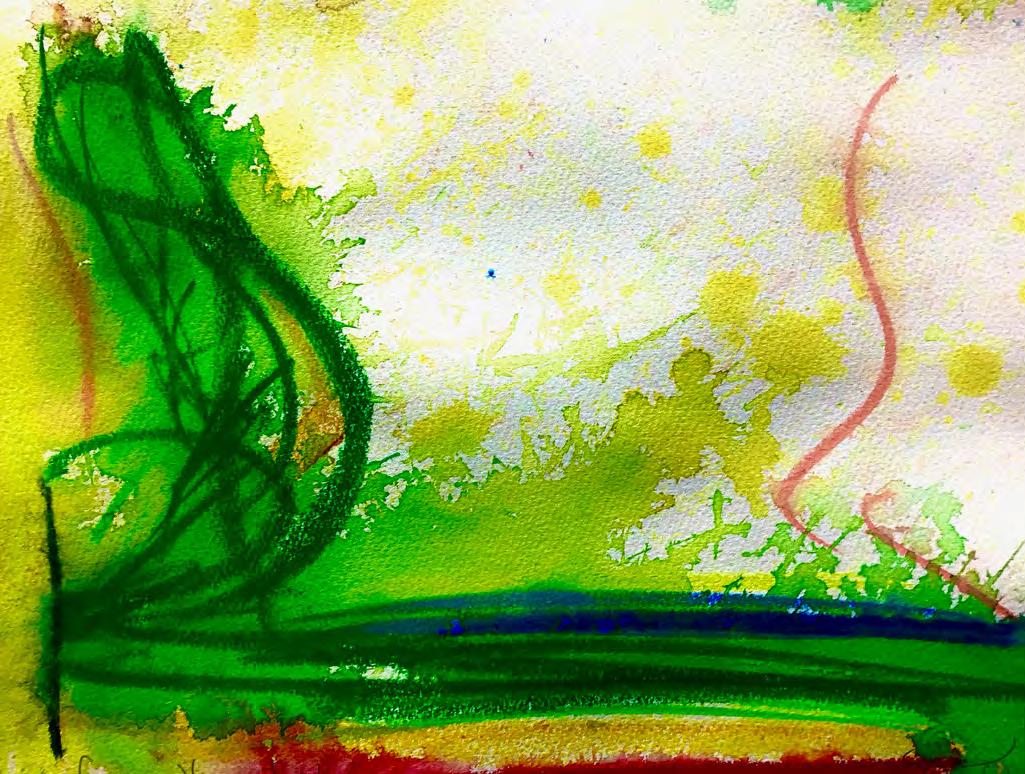The Most Isolated Tribe in the World: the Sentinelese Edmund Pretor-Pinney (B1 L6) The most isolated group of people who inhabit our world today are the Sentinelese (or Sentinel people), an ancient tribe – one of the six that reside around the Andaman and Nicobar islands at the juncture of the Bay of Bengal and the Andaman Sea. The indigenous Sentinelese, secluded and shrouded on the North Sentinel Island, have been thought to have lived there for around 55,000 years, hunting and gathering in their own sustainable ecosystem. Unlike their Andamanese relations, the Sentinels adopt a hostile attitude towards any outside contact, killing anyone who tries to set foot on the island. This is in fact a wise approach, as British colonisation in the 18th and 19th centuries caused the spread of a common disease that wiped out their fellow Andamanese tribes who lacked immunity. With such a history of seclusion and isolation, contact with new diseases such as flu caused devastation. It seems logical and ethical, therefore, amidst the chaos of the untamed coronavirus and the horizon of a new age of pandemics, to keep these tribes protected and isolated away from our internationally integrated and expanding society. The Sentinelese are often depicted as ‘Stone Age’ by the media; however, studies have found it incorrect to assume they have not changed their livelihood since ancient times. Like all peoples, their practices will have naturally adapted regularly; more recently, in the last 50 years or so they have taken to using metal that washes up from shipwrecks, or steel given to them by gift donors who went on frequent missions to make contact with the Sentinels. Although most of what we know today about these tribespeople is information gathered through observation from an arrow-shot distance in a boat or helicopter, some missions managed to make safe contact with them . . . just enough to hand over some coconuts. Ultimately, the Sentinelese are hunter-gatherers, surviving off the food in their forests, or the fish in the rivers and coastal waters in close proximity to the island. Weapons such as bows and arrows, spears and daggers are reported to be carried by all the Sentinel men, and the women carry a small dagger in their waist belt. Following the discovery of metal, they now use metal arrow and spear heads – made either from scrap metal or from materials gifted to them by the National Geographic Society in 1974. The NGS gifted a number of aluminium cookware products which, along with coconuts and bananas, the Sentinels seemed to enjoy. Unlike their neighbouring tribes, the Sentinelese created their own unique canoes, propelled by a pole (like a punt), but barely wide enough to place two feet in side by side. The canoes are so narrow that they seem only be effective only in shallow water. What we can gather from a distance is that they reside in small provisional huts raised on four poles with an overhang of leaves for a roof. The Sentinelese also sleep on the ground, unlike some of their fellow tribes like the Onge, who sleep on raised platforms or ‘beds’. Their clothing is sparse, with only a few ornaments, necklaces or headbands; essentially, they are naked. Likewise, we can also observe their physical nature, and research has decided their height is on average between 5ft 3in to 5ft 5in, with no signs of obesity, but prominent muscles and a skin colour that’s ‘dark, shining black’. Moreover, the Sentinelese language (due to its isolation) is unclassified, and reported to also have been unintelligible to similar tribes like the Jarawa. Therefore, the Sentinelese are presumed to have been totally isolated on their island for their whole history, besides the occasional visit since the British Empire’s first colonisation of the Andamanese tribes. In the late 19th century, a British ‘Officer in Charge of the Andamanese’ named M.V. Portman, attempted to contact the Sentinelese. After a few days of searching abandoned villages, they took an elderly couple and some children back to Port Blair (the Andaman capital) with them, where all the captured were soon taken ill. The elderly couple died, and subsequently Portman ordered the return of the children. Although unknown, it is probable that the children passed on the disease – the effect would have been tragic. There is some speculation therefore as to whether this is the reason for the tribe’s hostility towards outsiders; or perhaps that is merely territorial. Since 1970, the Indian Authorities have frequently attempted to hand over gifts to make contact, sometimes being viciously attacked, other times being welcomed. However, in 1996, the regular attempts were 81
In Time of Lockdown: Reflections on Locks, Lockdown, Isolation

Turn static files into dynamic content formats.
Create a flipbookArticles inside
Issuu converts static files into: digital portfolios, online yearbooks, online catalogs, digital photo albums and more. Sign up and create your flipbook.





































